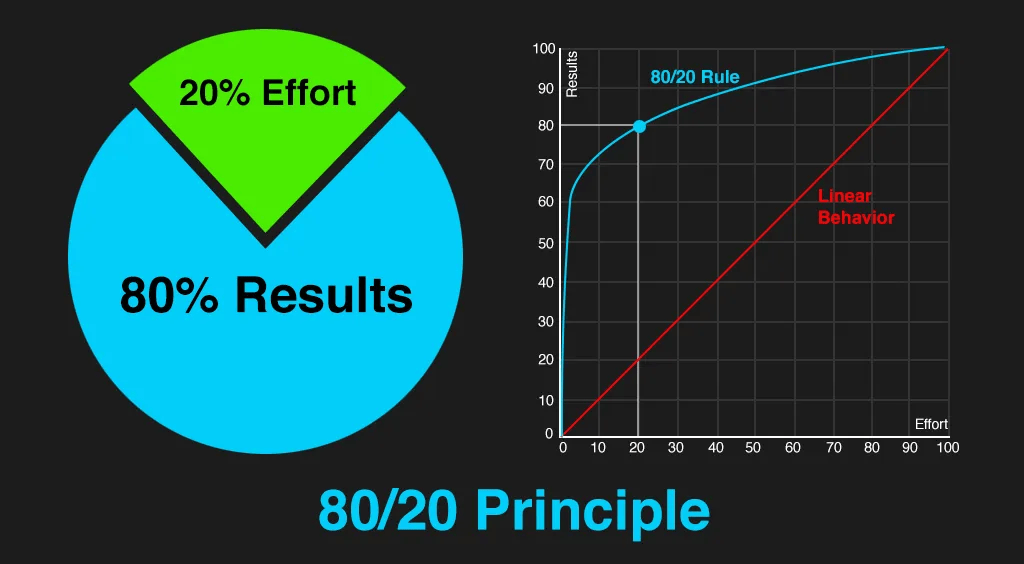How do you ensure you keep improving without burning out or hitting plateaus?
The answer is Minimum Effective Dose, and I’ll tell you how I used it to prepare for the CrossFit Games.
As you read through this article think about what your Minimum Effective Dose is and apply it to your program so that you can have confidence that you are always moving forward.
I was introduced to the concept of Minimum Effective Dose by American Weightlifter Donny Shankle, he would say that it doesn’t matter what you can do in sporadic, all-out efforts, but what you can do daily that will determine your success in the sport. In Tim Ferriss’ book, the 4-Hour Body he went into more detail about how to use the Minimum Effective Dose, explained as “the smallest dose that will produce the desired outcome.” Effectively, it is the Pareto Principle – 20% of your effort will yield 80% of your results.

In 2019, when I was training for the CrossFit Games, I wanted to make sure that I was doing everything I possibly could to be prepared. Leaving no stone unturned. The way I determined my MED was through a combination of advice from my coach and knowing my limits. My coach, John Singleton, is a technician, a student of the sport. He loved the data that is available in CrossFit competition and would use these numbers to determine norms for elite athletes and therefore what his athletes should be hitting to be competitive. In my own experience, having studied Health Science and trained and played sports my whole life, I have a fairly good gauge of what I could handle and how my body responded to training stimuli. This worked well since John was based in Spain while I did all my training in Wellington.
The result was a small whiteboard with a list of movements that served as a weekly CrossFit “to-do list”. These were typical movements seen in competitions (Snatch, Clean & Jerk, Muscle Ups), things I saw as weaknesses that I wanted to ensure I didn’t avoid (Running, Swimming, Handstand Push Ups), and unusual movements that I might have missed if I just followed a varied program (GHD Sit-ups). If I hit the weights, times, and reps on the board I knew I was hitting my MED. The list wasn’t exhaustive, it was the 20% effort that would give me 80% of my results.
As a byproduct, MED gave me huge mental clarity as I knew that I could gradually increase these numbers over time and ensure I had a consistent output week to week. I knew I was addressing my weaknesses while still leaving space in my training schedule to mix things up. And it led to me being the fittest I have ever been in my life.
So How Do You Apply This to Your Own CrossFit Performance?
- Write down 5-10 movements that you know are important. These could be movements that often pop up in the CrossFit Open, ones you determine weaknesses, or fundamentals that you know will have a big carry-over into your overall fitness (Running and Olympic Lifts come to mind here).
- Determine Your Minimums – reps, weight, or distance covered per week would look like. I recommend weekly volume as CrossFit has a lot of ground that needs to be covered so each day will look very different.
- Execute and monitor – through your training make sure you are hitting your weekly minimums and take note of how you are feeling. Are you recovering well? Is your performance improving?
- Increase gradually over time – As your body adjusts and improves you should move these numbers up. What needs to increase, intensity or volume?
You can do this on your own or work with a coach and hopefully, this system gives you a clear and actionable way to drive consistent progress in your CrossFit performance.
Train hard.
Luke Fiso
Founder at Instinct Fitness

